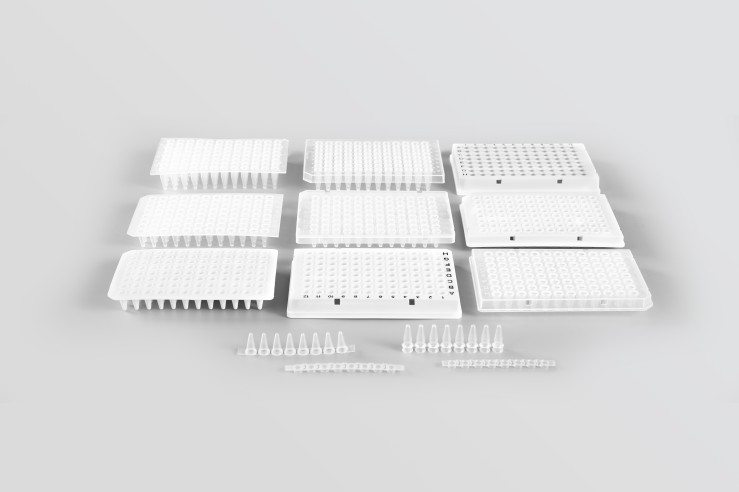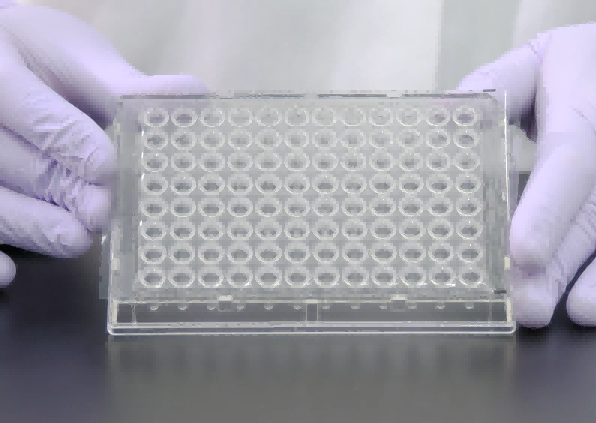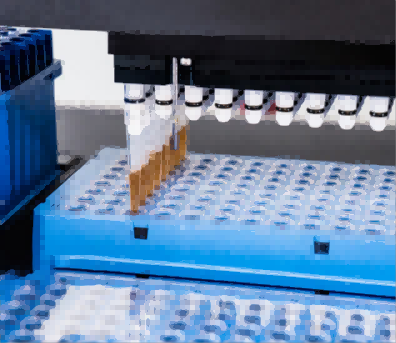
- English
- 简体中文
- Esperanto
- Afrikaans
- Català
- שפה עברית
- Cymraeg
- Galego
- 繁体中文
- Latviešu
- icelandic
- ייִדיש
- беларускі
- Hrvatski
- Kreyòl ayisyen
- Shqiptar
- Malti
- lugha ya Kiswahili
- አማርኛ
- Bosanski
- Frysk
- ភាសាខ្មែរ
- ქართული
- ગુજરાતી
- Hausa
- Кыргыз тили
- ಕನ್ನಡ
- Corsa
- Kurdî
- മലയാളം
- Maori
- Монгол хэл
- Hmong
- IsiXhosa
- Zulu
- Punjabi
- پښتو
- Chichewa
- Samoa
- Sesotho
- සිංහල
- Gàidhlig
- Cebuano
- Somali
- Тоҷикӣ
- O'zbek
- Hawaiian
- سنڌي
- Shinra
- Հայերեն
- Igbo
- Sundanese
- Lëtzebuergesch
- Malagasy
- Yoruba
- Español
- Português
- русский
- Français
- 日本語
- Deutsch
- tiếng Việt
- Italiano
- Nederlands
- ภาษาไทย
- Polski
- 한국어
- Svenska
- magyar
- Malay
- বাংলা ভাষার
- Dansk
- Suomi
- हिन्दी
- Pilipino
- Türkçe
- Gaeilge
- العربية
- Indonesia
- Norsk
- تمل
- český
- ελληνικά
- український
- Javanese
- فارسی
- தமிழ்
- తెలుగు
- नेपाली
- Burmese
- български
- ລາວ
- Latine
- Қазақша
- Euskal
- Azərbaycan
- Slovenský jazyk
- Македонски
- Lietuvos
- Eesti Keel
- Română
- Slovenski
- मराठी
- Srpski језик
How to choose PCR/qPCR consumables?
2023-04-23
PCR is a sensitive and effective method for amplifying a single copy of a target DNA sequence to millions of copies in a short time frame. Therefore, plastic consumables for PCR reactions must be free of contaminants and inhibitors, while having high quality that can guarantee the best PCR effect. PCR plastic consumables are available in a variety of sizes and formats, and knowing the appropriate characteristics of the products will help you in selecting the right plastic consumables for optimal PCR and qPCR data.
PCR consumables are typically made of polypropylene, which is inert enough to withstand rapid temperature changes in the course of thermal cycling and minimize the uptake of reactive substances to ensure optimal PCR results.To further ensure batch-to-batch consistency in purity and biocompatibility, medical-grade, high-quality polypropylene raw materials should be used during production and manufactured in a Class 100,000 cleanroom. The product must be free of nuclease and DNA contamination to avoid interfering with the effect of DNA amplification experiments.
2.Color
PCR plates and PCR tubes are generally available in transparent and white.
The PCR Plate "skirt" is around the board. The skirt provides better stability for the pipetting process when the reaction system is constructed, and provide better mechanical strength during the automatic mechanical treatment. PCR plate can be divided into no skirt, half skirt and full skirt.

4.sealing
The tube cover and sealing film must completely seal the tube and plate to prevent evaporation of the sample during the thermal cycle. A tight seal can be realized by using a film scraper and a press tool.

5.Flux application
In conclusion, as an important part of PCR system construction, plastic consumables are crucial for the success of experiments and data collection, especially in medium-to-high throughput workflow applications.
Composition and Characteristics of PCR consumables
PCR consumables are typically made of polypropylene, which is inert enough to withstand rapid temperature changes in the course of thermal cycling and minimize the uptake of reactive substances to ensure optimal PCR results.To further ensure batch-to-batch consistency in purity and biocompatibility, medical-grade, high-quality polypropylene raw materials should be used during production and manufactured in a Class 100,000 cleanroom. The product must be free of nuclease and DNA contamination to avoid interfering with the effect of DNA amplification experiments.
2.Color
PCR plates and PCR tubes are generally available in transparent and white.
- The uniform wall thickness design will provide consistent heat transfer for the reacting samples.
- High optical permeability to ensure optimal fluorescence signal transmission and minimal distortion.
- In the qPCR experiments, the white hole prevented the refraction of the fluorescence signal and its absorption by the heating module.
The PCR Plate "skirt" is around the board. The skirt provides better stability for the pipetting process when the reaction system is constructed, and provide better mechanical strength during the automatic mechanical treatment. PCR plate can be divided into no skirt, half skirt and full skirt.
- The non-skirted PCR plate missing around the plate, and this form of reaction plate can be adapted for most PCR instrument and real-time PCR instrument modules, but not for automated applications.
- The semi-skirted PCR plate has a short edge around the edge of the plate, providing adequate support during pipetting and mechanical strength for robotic handling.
- The full-skirted PCR plate has an edge that covers the plate height. This plate form is suitable for automated operations, which can be safe and stable adaptation. The full skirt also enhances mechanical strength, making it ideal for use with robots in automated workflow.
- The single tube provides the flexibility to set the exact number of reactions. For larger reaction volumes, a single tube in the 0.5 mL size is available.
- The 8-strips tube with caps opens and closes the sample tubes independently to prevent sample.

4.sealing
The tube cover and sealing film must completely seal the tube and plate to prevent evaporation of the sample during the thermal cycle. A tight seal can be realized by using a film scraper and a press tool.
- The PCR plate wells have a raised edge around them. This design helps to seal the plate with a sealing film to prevent evaporation.
- Alphanumeric markings on the PCR plate will help to identify the individual wells and the positions of the corresponding samples. Bulged letters are usually printed in white or black, and for automated applications, lettering is more beneficial for sealing the outer edges of the plate.

5.Flux application
The experimental flux of the PCR / qPCR assays may determine which type of plastic consumables should be used for the best treatment effect. For low-to-moderate throughput applications, tubes are generally more suitable, while plates are more desirable for medium-to-high throughput experimental. Plates are also designed to consider the flexibility of flux, which can be divided into a single strip.

In conclusion, as an important part of PCR system construction, plastic consumables are crucial for the success of experiments and data collection, especially in medium-to-high throughput workflow applications.
As a chinese supplier of automated plastic consumables, Cotaus provides pipette tips, nucleic acid, protein analysis, cell culture, sample storage,sealing, chromatography, etc.


